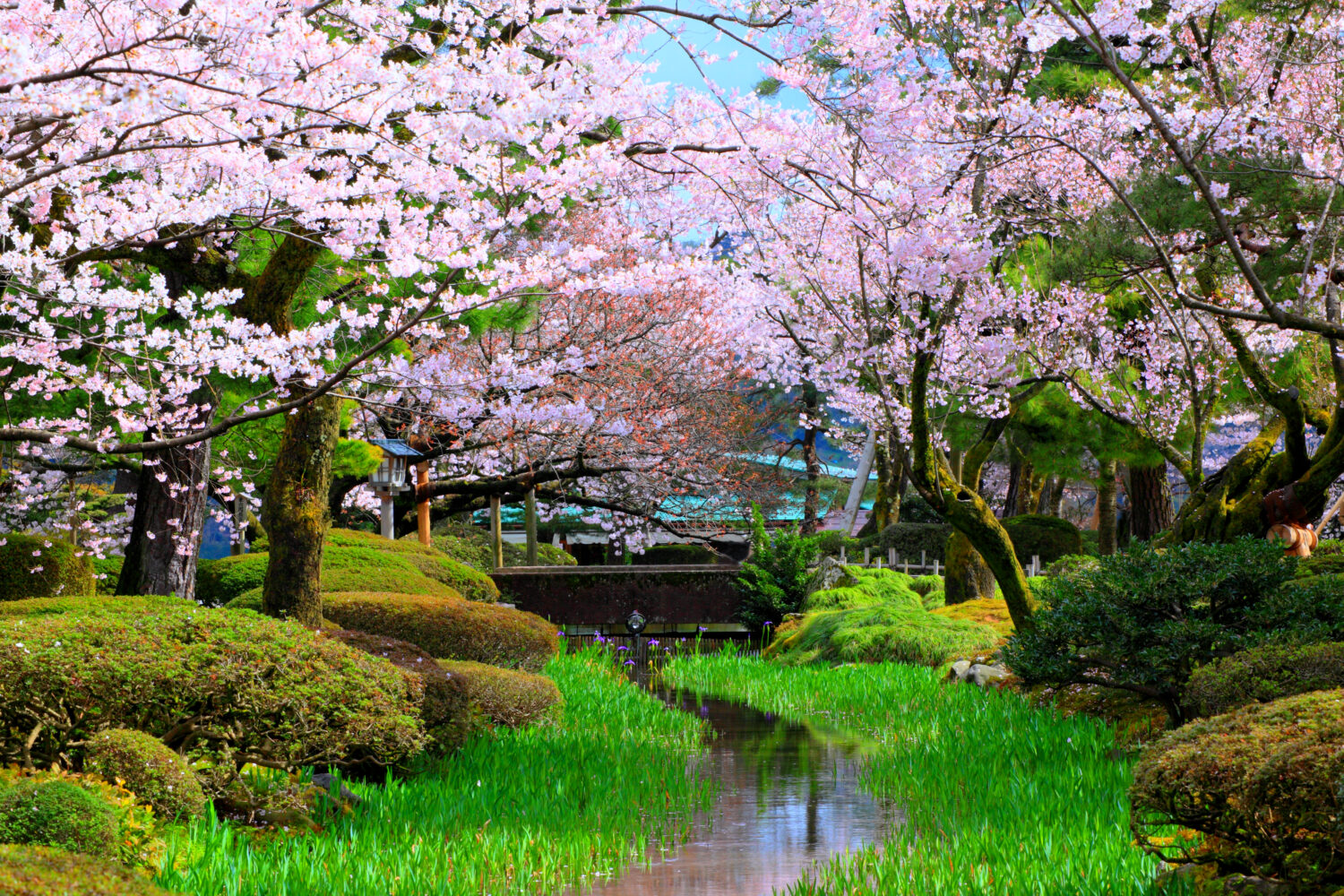Tourism Expected to Lead Recovery from New Year’s Day Quake in Central Japan
More than two months after a devastating New Year's Day earthquake hit the Noto Peninsula in central Japan, hopes are growing that tourism, a key industry of the region, can lead a recovery of local communities from the disaster.
As of February 28, 241 people were confirmed to have been killed by the catastrophe, with more than 10,000 people taking refuge at shelters and hotels, and water still cut off in large parts of the Noto Peninsula, northern Ishikawa.
Damage in the region is estimated to cost between 1.1 trillion yen and 2.6 trillion yen, the Monthly Economic Report released by the Cabinet Office in January said, warning that the quakes have had a wide impact on production, logistics and tourism as well as on the livelihoods of the local population. The disaster also dealt a blow to traditional craftwork in the peninsula, damaging the studios of Wajima lacquerware and Suzu ware pottery.
Intact areas ready to welcome tourists
While vast areas of the peninsula are still focused on reconstruction, cities further south like Kanazawa—the capital of Ishikawa and the biggest city in the region some 300 kilometers northwest of Tokyo—have largely escaped damage from the quake.
In Kanazawa, hotels, sake brewers and the region's famous pottery artists have started welcoming travelers. Arriving in the city, one wouldn't know that such a large earthquake had struck the region.
"Earthquakes are scary but it's also because of coexisting with nature that beautiful arts and crafts were born in Japan,” said TAKAHASHI Kei, general manager of Hyatt Centric Kanazawa, one of the city’s major accommodations open for business.
“Except for the areas most devastated by the earthquake, [Ishikawa is] 500 percent ready to welcome back our guests," Takahashi said.
Well-known sight-seeing spots in Kanazawa are already witnessing the return of tourists. Kenroku-en, one of the three most popular gardens in Japan, has been bustling with travelers, including foreign visitors from Taiwan and New Zealand. The city’s restaurant and shopping district of Higashi Chaya and the Omicho market, known as the kitchen of Kanazawa, are drawing in a lively crowd of visitors.
The hot spring resort of Kaga, southwest of Kanazawa, is another location largely intact from the disaster, and on its way to full recovery.
Yamanaka-za, a tourist spot in Kaga featuring a craft museum, a venue for traditional performances and hot spring baths, was not damaged in the quake, but the number of visitors has dropped to some 20 percent from a year earlier, according to the facility. Though it may require patience, they are optimistic that more visitors will return soon.
Travel discounts to bring local tourism back on track
Last year, some 18 million tourists visited Ishikawa, recovering to 70 percent of the number before the outbreak of coronavirus, according to the prefecture.
In a bid to help bring back visitors to unaffected areas of the region, the Government of Japan plans to financially help local authorities offer special travel discounts. The prefectures of Fukui, Ishikawa, Toyama and Niigata will introduce discounts of up to 50 percent on travel packages and accommodations, starting in spring 2024.
Prime Minister KISHIDA Fumio visited the Noto peninsula in February and expressed hope that the discounts would help boost local economies.
“The Government hopes to encourage consumption by tourists in restaurants and other places and create a ripple effect on a wider range of industries,” Kishida told reporters.
“The Noto region, which was severely affected by the disaster, is currently making all-out efforts to recover and rebuild,” he said. “As soon as it is possible to receive tourists, the government intends to implement measures to stimulate tourism demand.”
Kagaya, one of Japan's most famous ryokan inns in central Noto, suffered significant damage with no reopening date currently, but has received more than 100 letters of encouragement.
"Our guests are helping us find vitality," said HARIHARA Shigeru, head of Kagaya's business unit.
Visiting the region contributes to the entire local economy.
"Just by booking a room, you can try the local rice, enjoy local vegetables and admire Wajima lacquerware,” Harihara said.
He expressed confidence that the tourism industry can contribute strongly to the local economy, saying: “We are working hard to welcome guests back as soon as possible."
Residents have high expectations for the positive impact of an extension of the Shinkansen bullet train services in the region. A new section of the Hokuriku Shinkansen Line between Kanazawa and Tsuruga stations opened on March 16, 2024, giving travelers faster access to the area from Tokyo.
Fukumitsuya, a local sake company in Kanazawa, plans new sake editions to celebrate the extension. From the revenue of each bottle, 100 yen will go to the Noto recovery.
Power of Art
Local artists also have their own perspectives. OHI Toshio Chozaemon XI, an eleventh-generation pottery artist in Kanazawa, plans to repair ceramics damaged by the quake and exhibit them at a Tokyo department store in June as part of his effort to attract more visitors to the affected zone.
"People from Kanazawa are working hard to welcome guests again," Ohi said. "By coming to Kanazawa and enjoying the food, you are helping Noto recover faster."
Artists in other regions are offering their help to Ishikawa’s craftsmen and women. In 2016 when an earthquake destroyed workshops in Kumamoto, in southern Japan, Ishikawa artists helped raise funds by mending broken pottery from Kumamoto with kintsugi, the art of gold leaf repair. In return, Kumamoto artists are now stepping up to help those in Ishikawa, especially in Wajima, which is nationally famous for its lacquerware.
"Right now, the priority is still on rebuilding their lives. But we hope this [initiative] can help [Ishikawa artisans] resume their work." said OTAGURO Akira, who leads the Kumamoto initiative.
Related Links:
Ishikawa Awaits Tourists' Return Two Months After New Year's Noto Quake
Find more information on tourism in Ishikawa.
*All Content from The Government of Japan and JAPAN Forward
About “Japan Connect”
Bringing you the latest stories about Japan .
This new service is provided by AFPBB News, which AFP launched in 2007.
Contact
Cabinet Office, Government of Japan
URL:https://www.japan.go.jp/
Address: yuka.kozu.d2a@kantei.go.jp
TEL : +81-(0)3-3581-0101
Media
Download all media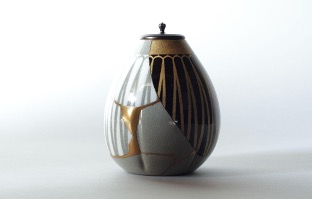
Login to
download this media

1A tea container called Battle Chaire from the KUMAMOTO UTSUWA REBORN PROJECT KURP- The piece is a combination of ceramic and Wajima lacquer-jpg
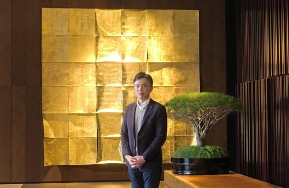
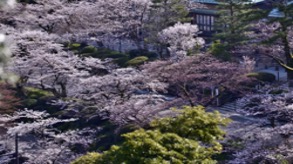
Login to
download this media

3Kenroku-en during the spring cherry blossom season- Ishikawa Prefecture Tourism Association- -jpg
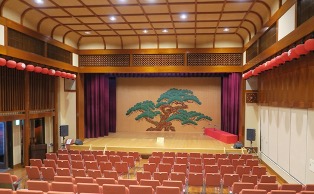
Login to
download this media

4-Yamanakaza features lacquer decor in its theater- JAPAN Forward by SUGIURA Mika -jpg
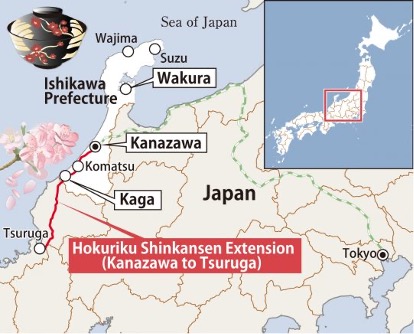
Login to
download this media

5 2024 The Sankei Shinbun JAPAN Forward-jpg
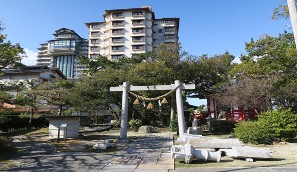
Login to
download this media

6Kagaya Inn in Wakura Onsen on February 3- Damage suffered in the January 1 earthquake dominates the landscape- JAPAN Forward by SUGIURA Mika-jpg

Login to
download this media

7Fukumitsuya sake store in Kanazawa- Fukumitsuya-jpg
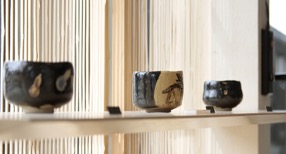
Login to
download this media


